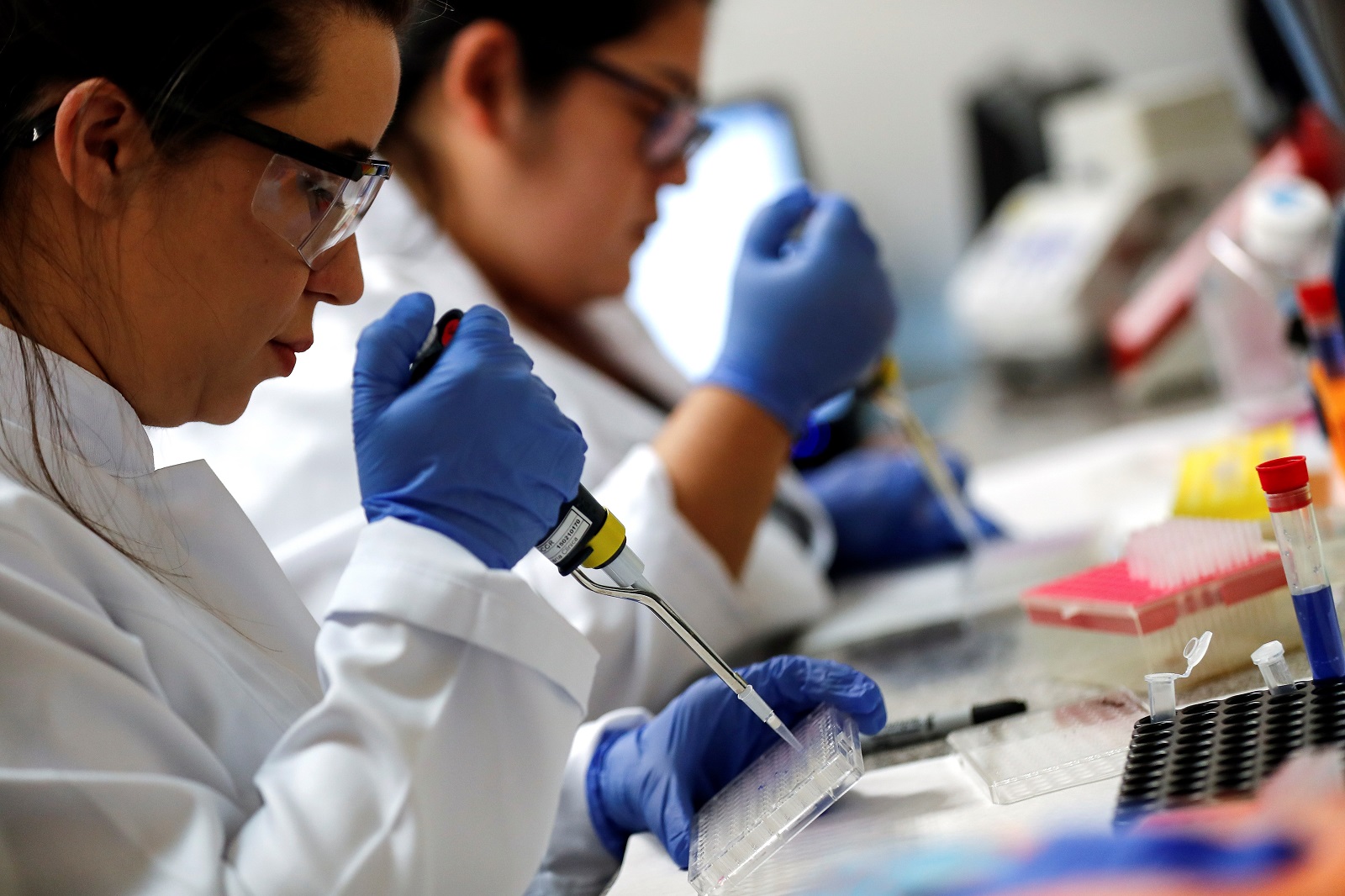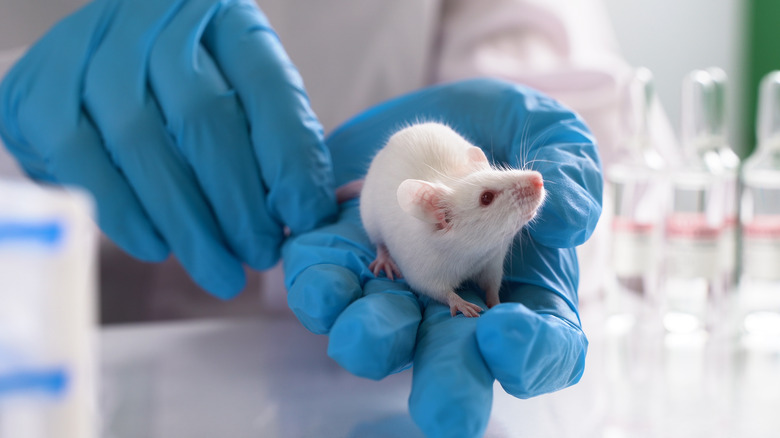Scientists Cured Pneumonia In Mice Using Revolutionary Little Robots
Scientists have used tiny robots to cure pneumonia in mice. The development was detailed in research published in the journal Nature Materials. In the study, researchers say that "bioinspired microrobots" can move through the body and deal with different microbes connected to certain illnesses.
The technology is still in the proof-of-concept stage at the moment. However, the researchers say early signs of the tiny robots curing pneumonia are very promising. As such, researchers will want to dig deeper into it in the future, find new ways to make it more effective, and even test its effectiveness in human patients at some point.
The tiny robots that helped cure pneumonia in mice are made up of algae cells. The researchers then covered them with a layer of antibiotic nanoparticles, Science Alert reports. The nanoparticles that the researchers used were created from tiny polymer spheres. They then coated those with a type of white blood cell known as neutrophils.

This coating allows for it to be more accepted by the body. The membranes of the cells also degrade naturally, which means the robots don't have to be removed from the body, allowing them to work and then fade away after their job is done.
This helps reduce inflammation that could be harmful and allows for an improved way to fight infections and deliver the treatment directly where it needs to go. Additionally, the researchers found that the tiny robots proved more effective at curing pneumonia than intravenous injections. As such, these robots could open new doors for how we're treating illnesses and diseases.
This isn't the first time we've seen robots being used to treat diseases, either. Scientists have toyed with the idea of swimming robot fish that can move through the body freely, other robots are designed to deliver drugs directly to an illnesses problem area. It will be intriguing to see if these tiny robots can also prove effective in other spaces.
More science coverage: Scientists tricked mosquitoes into delivering vaccines.
